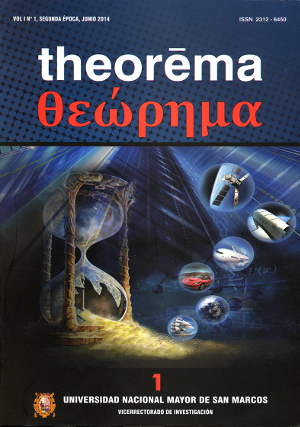Study Pre Columbian manufacturing of metal objects Huaca Rajada Museum, Lambayeque
Keywords:
X-rays fluorescence, SEM, gilded cooper, gilded silver, alloyAbstract
Several pieces and fragments from the Museum of Huaca Rajada site, Sipan, were analyzed by various techniques to determine the type of alloy and elemental composition. Techniques used have been the x-rays fluorescence (EDXRF) and scanning electron microscopy (SEM). EDXRF measurements were made by using a laptop brand Amptek and SEM measurements were made in the laboratories of the Consiglio Nazionale della Ricerca (CNR, Montelibretti headquarters, Rome). The objects found in the Museum of Sipan were selected according to their importance and composition. Tumbaga kind pieces, gilded copper, gilded silver, bronze and arsenical copper was found. Measurements by SEM showed the layers of gold and silver in the case of gold and silver plated copper. The results showed the type of alloy in each case and could be determined in some cases the thickness of the gold or silver.Downloads
Published
Issue
Section
License
Copyright (c) 2016 Julio Fabián, Roberto Cesareo, Luis Chero, Ángel Bustamante, G. M. Ingo

This work is licensed under a Creative Commons Attribution-NonCommercial-ShareAlike 4.0 International License.

Theorema segunda época by Vicerrectorado de Investigación y Posgrado is licensed under a Creative Commons Reconocimiento-NoComercial-CompartirIgual 4.0 Internacional License.
Creado a partir de la obra en http://revistasinvestigacion.unmsm.edu.pe/index.php/Theo/index.
AUTHORS RETAIN THEIR RIGHTS:
a. Authors retain their trade mark rights and patent, and also on any process or procedure described in the article.
b. Authors retain their right to share, copy, distribute, perform and publicly communicate their article (eg, to place their article in an institutional repository or publish it in a book), with an acknowledgment of its initial publication in the Theorema segunda época.
c. Authors retain theirs right to make a subsequent publication of their work, to use the article or any part thereof (eg a compilation of his papers, lecture notes, thesis, or a book), always indicating the source of publication (the originator of the work, journal, volume, number and date).



